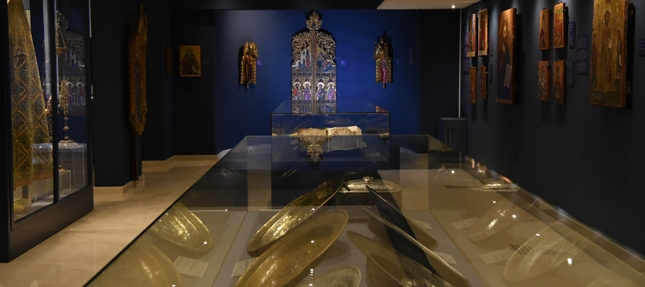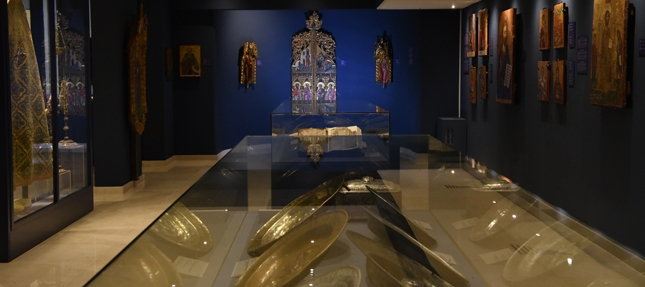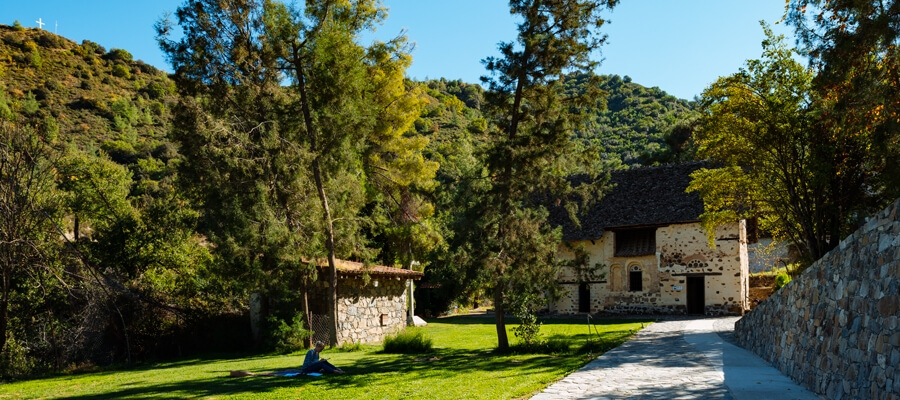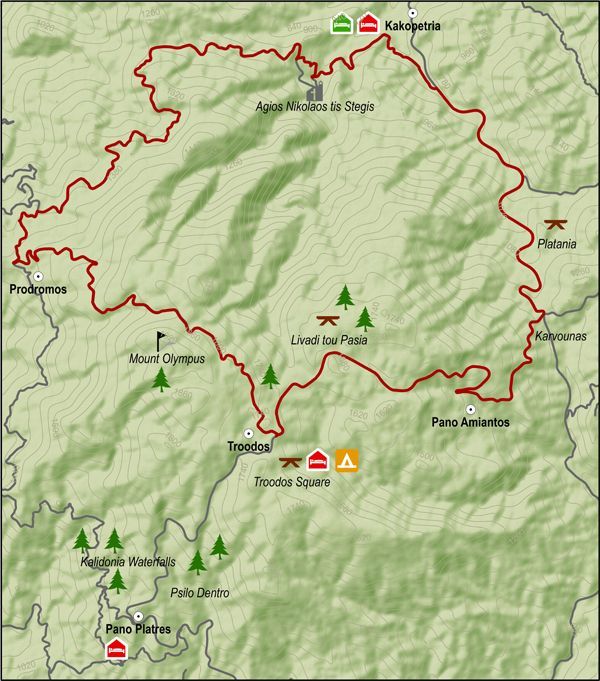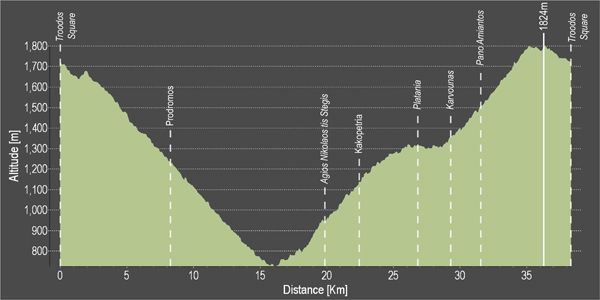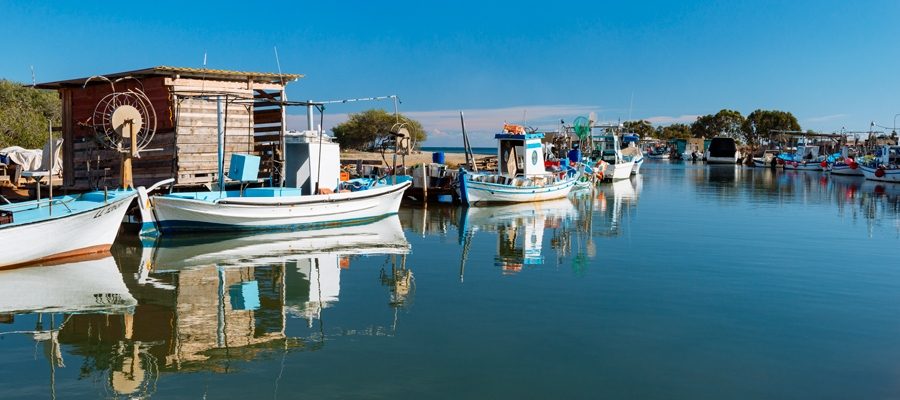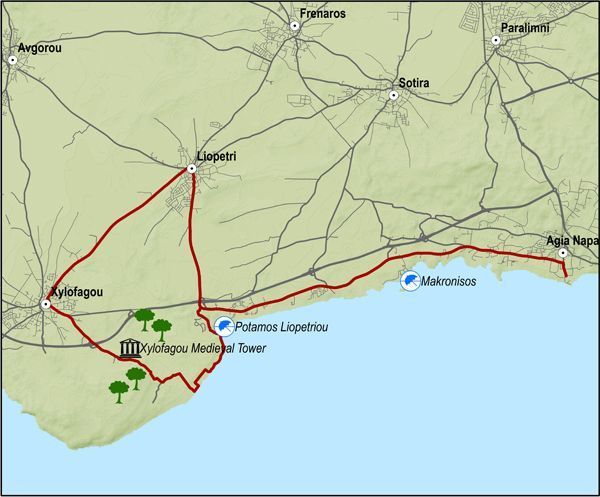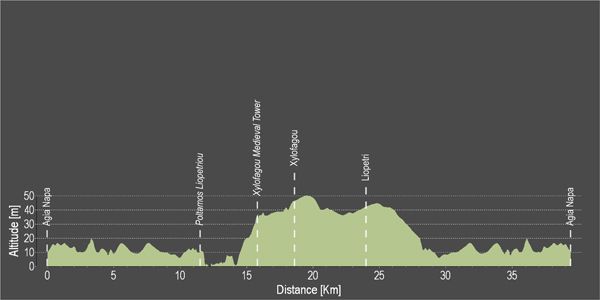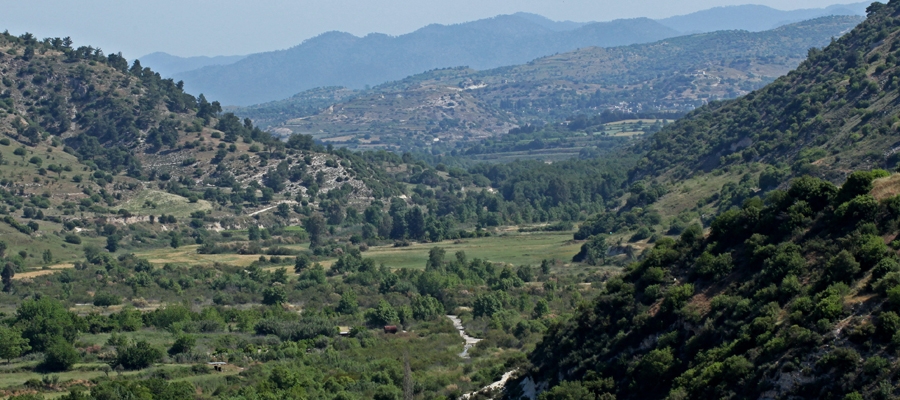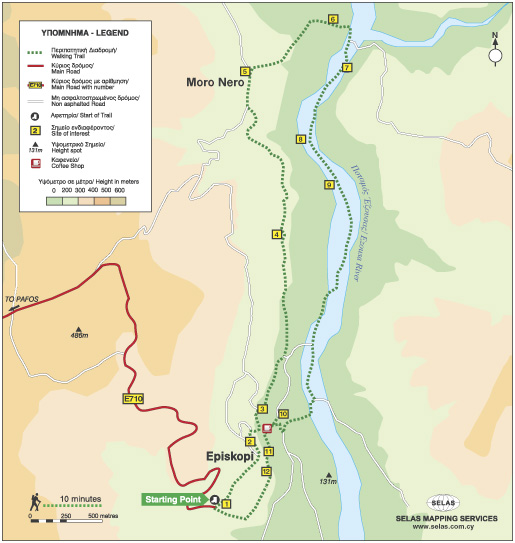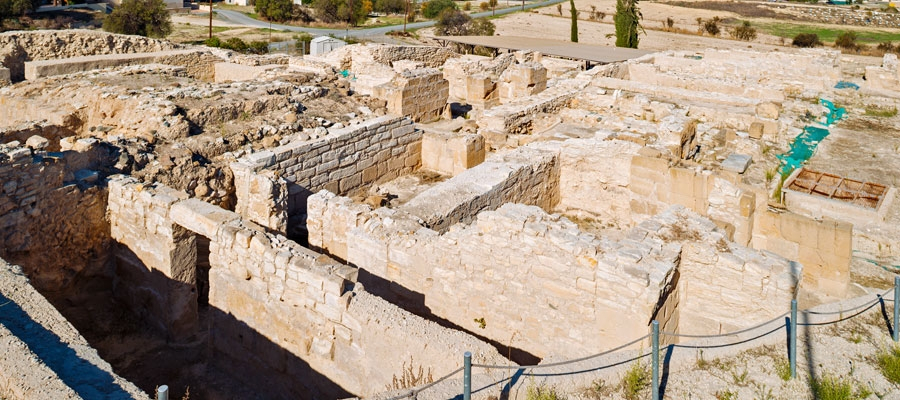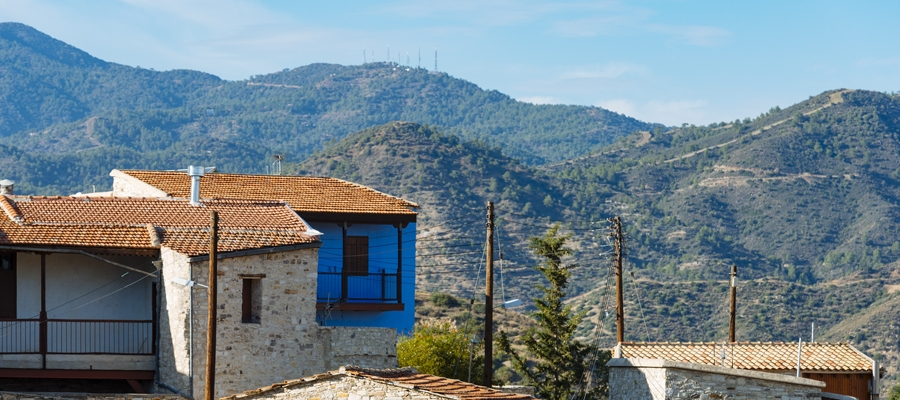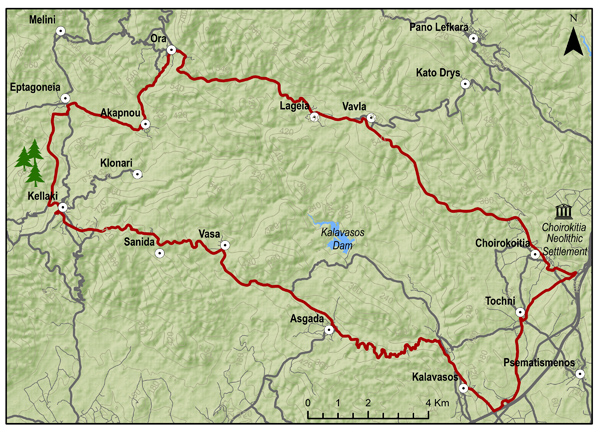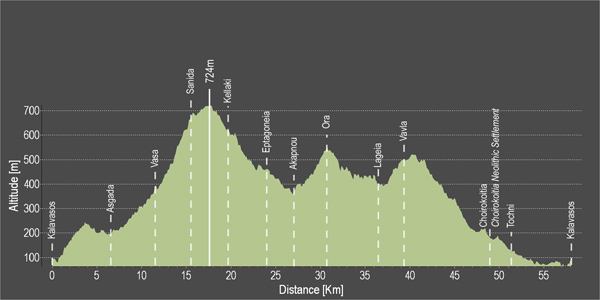The Byzantine Museum of Holy Bishopric of Tamasos and Oreinis is situated inside the Bishopric Palace, in the community of Episkopeio, Lefkosia (Nicosia).
In the Museum byzantine and post-byzantine artefacts are exhibited, dating from the 5th to the early 20th centuries. Among them you can find icons, liturgical objects, priestly habits, manuscripts, coins, ceramic and other religious objects, mostly coming from several communities of the bishopric region.
The most interesting artefacts are: dedicatory inscription of a paleochristian building from Tamasos (5th century), wooden painted cross (13th century), brass reliquary cross (10th century), brass dishes (15th – 16th century), part of the numismatic hoard of Achera (12th century), Lectionary manuscript (16th century), etc.
| Region: | Lefkosia |
| Address: | Stavros Stylianides Avenue, 2642 Episkopeio, Lefkosia |
| Contact No: | Tel: +357 22 465 465 and +357 99 774 770 |
| Operating Hours: | Monday – Friday: 09:00 – 13:00 |
| Operating Period: |
All year round. Closed on Public Holidays. |
| Entrance Fee: | Free |
| Disabled Access: | Accessible for people in wheelchairs. |
| Website: | https://www.facebook.com/byzantine.museum.tamasos |
| Opening and closing times as well as entrance fees, are subject to alterations without notice. Visitors are advised to check before visiting. |

